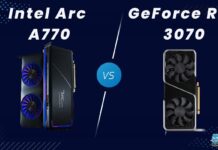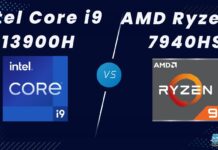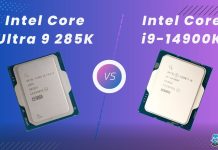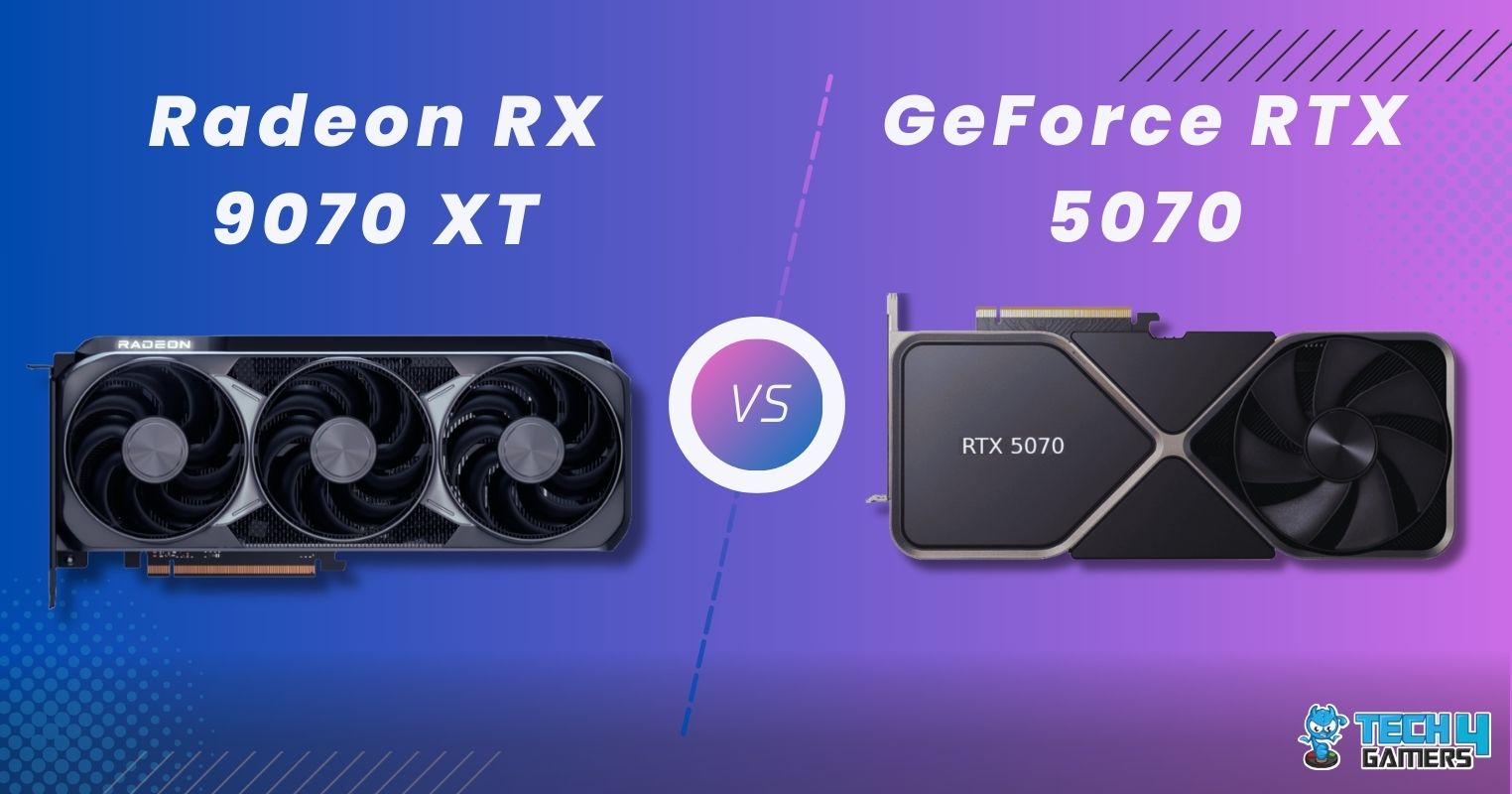Pros And Cons
| CPU | Pros | Cons |
|---|---|---|
| AMD X670E Chipset | ✅ Lower price ✅ Equal performance in overclocking | ❌ Lacks guaranteed USB4 support ❌ No major improvements over X870E |
| AMD X870E Chipset | ✅ USB4 standard on all boards ✅ Slightly better overclocking potential | ❌ Significantly higher price ❌ Minor improvements |
X870E Chipset Rated: 6.3/10 X670E Chipset Rated: 8.2/10
Comparison Table
| Feature | X670E | X870E |
|---|---|---|
| Socket | AM5 | AM5 |
| Overclockable | Yes | Yes |
| RAM Type | DDR5 | DDR5 |
| Max PCIe Lanes | 44 | 44 |
| PCIe Gen 5 Lanes | 24 | 24 |
| Max USB 10Gbps | 12 | 12 |
| Max USB 20Gbps | 2 | 2 |
| Max SATA | 8 | 8 |
| USB4 | Optional | Standard |
| Memory Clock | Up to 8000 | Up to 8400 |
| Best Variants | Best X670E Motherboards | - |
| Motherboard Review | MSI MEG X670E ACE WiFi | ASRock X870E Taichi Lite |
A few years’ worth of hardware updates can only get you so much improvement, but the pace at which companies roll out new hardware seems to outpace this. In today’s comparison, we will see if the X870E can beat the X670E in any meaningful way with its potentially higher pricing.
Compatibility
| Featured Processors | X870E Compatible | X670E Compatible |
|---|---|---|
| AMD Ryzen 9 9900X | Yes | With BIOS update |
| AMD Ryzen 7 9700X | Yes | With BIOS update |
| AMD Ryzen 5 9600X | Yes | With BIOS update |
| AMD Ryzen 7 7800X3D | Yes | Yes |
| AMD Ryzen 7 7700X | Yes | Yes |
The X870E and the X670E support the same CPU platform. These chipsets are compatible with all AM5 CPUs, including the Ryzen 7000, 9000, and a few 8000 series chips released in the past few years.
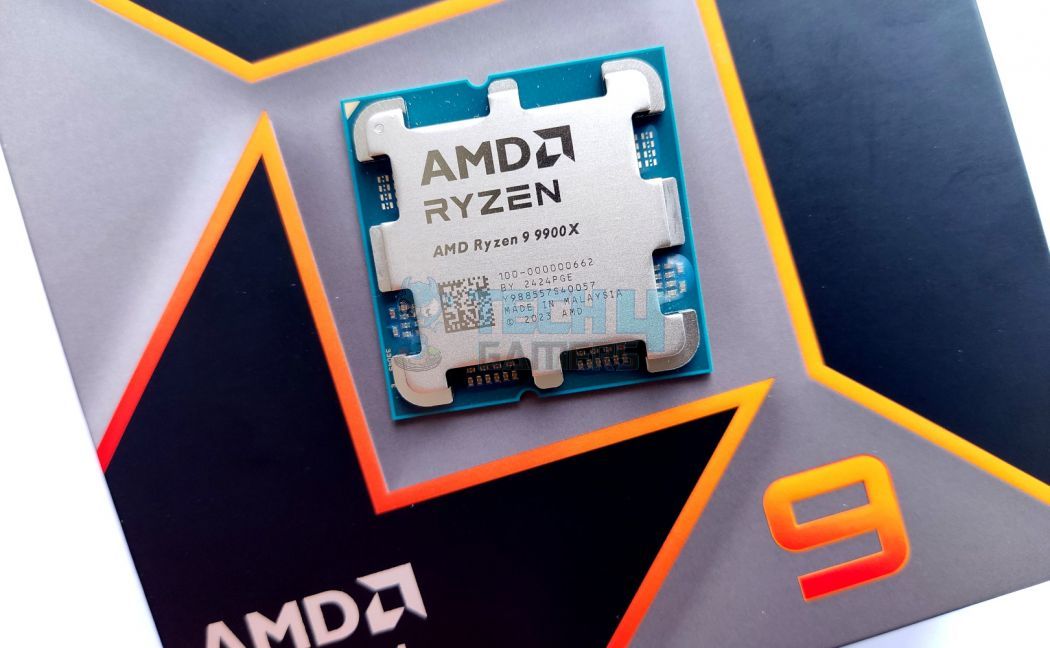
This compatibility extends to all members of these families, including the X processors, the X3Ds, and the G version chips scattered throughout the lineup. AMD does a great job with the incompatibility of their desktop chips.
Configuration
The X870E and X670E are configured in the same way, using two PROM21 chips daisy-chained together to provide the maximum number of IO and PCIe lanes. AMD dropped the ball with their X870 chipset, but these shortcomings do not translate to the X870E chipset.
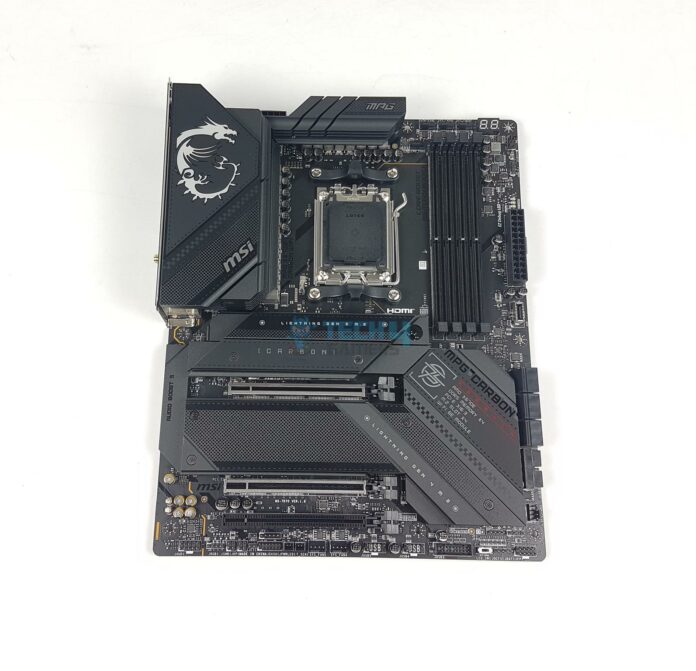
For the uninitiated, AMD’s Promontory 21 chips handle motherboard connectivity, bridging the CPU with components such as PCIe, USB, and SATA. These chips are frequently daisy-chained to extend connectivity, utilizing some PCIe lanes from one chip to enable additional connections.
Overclocking
AMD’s processors are all generally overclockable out of the gate, and it’s great that most of their chipsets (including the X870E and the X670E) have full support for overclocking these processors.
Do note that overclocking some variants, such as the X3D chips, has caused issues for consumers over the years, so overclock at your own risk.
Overclocking is mostly handled in software, so both chipsets and motherboards with either the X870E or the X670E can overclock your CPU equally.
The two chipsets also support memory overclocking equally well, but the X870E might allow you to overclock RAM slightly higher because it supports higher clock speed memory.
Connectivity
Now that we have gone over all the nuances of these chips, the following few sections will deal with the connectivity of these chipsets.
Graphics
The slots for the graphics cards are treated differently from the regular PCIe connections because they have to be configured in a certain way to allow GPUs to communicate with the processors for the incredibly high-speed tasks they are meant for.
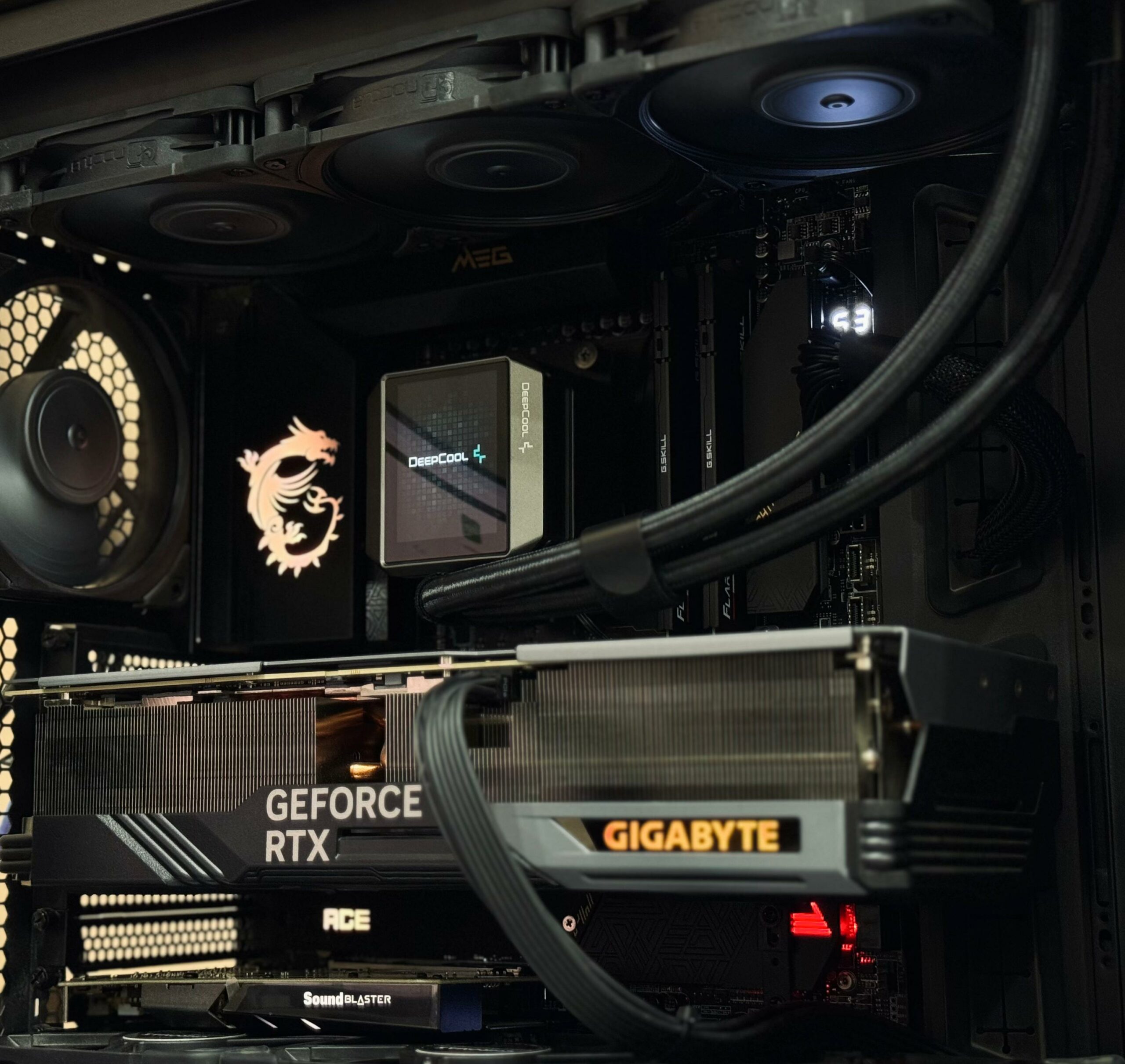
The X870E has room for one 16-lane PCIe 5.0 connection for graphics, or two 8-lane connections. The X670E has the same specs of either supporting one 16-lane connection or two 8-lane connections.
The configuration you get depends on your motherboard OEM, so be advised before sealing in your purchasing decision.
NVMe And GPP
The X870E and the X670E both support one four-lane PCIe 5.0 connection and four lanes of PCIe GPP. GPP is a versatile connection standard for peripherals like storage devices and expansion cards.
PCIe
The X870E and the X670E both match each other’s capabilities by offering the same configuration of PCIe connections.
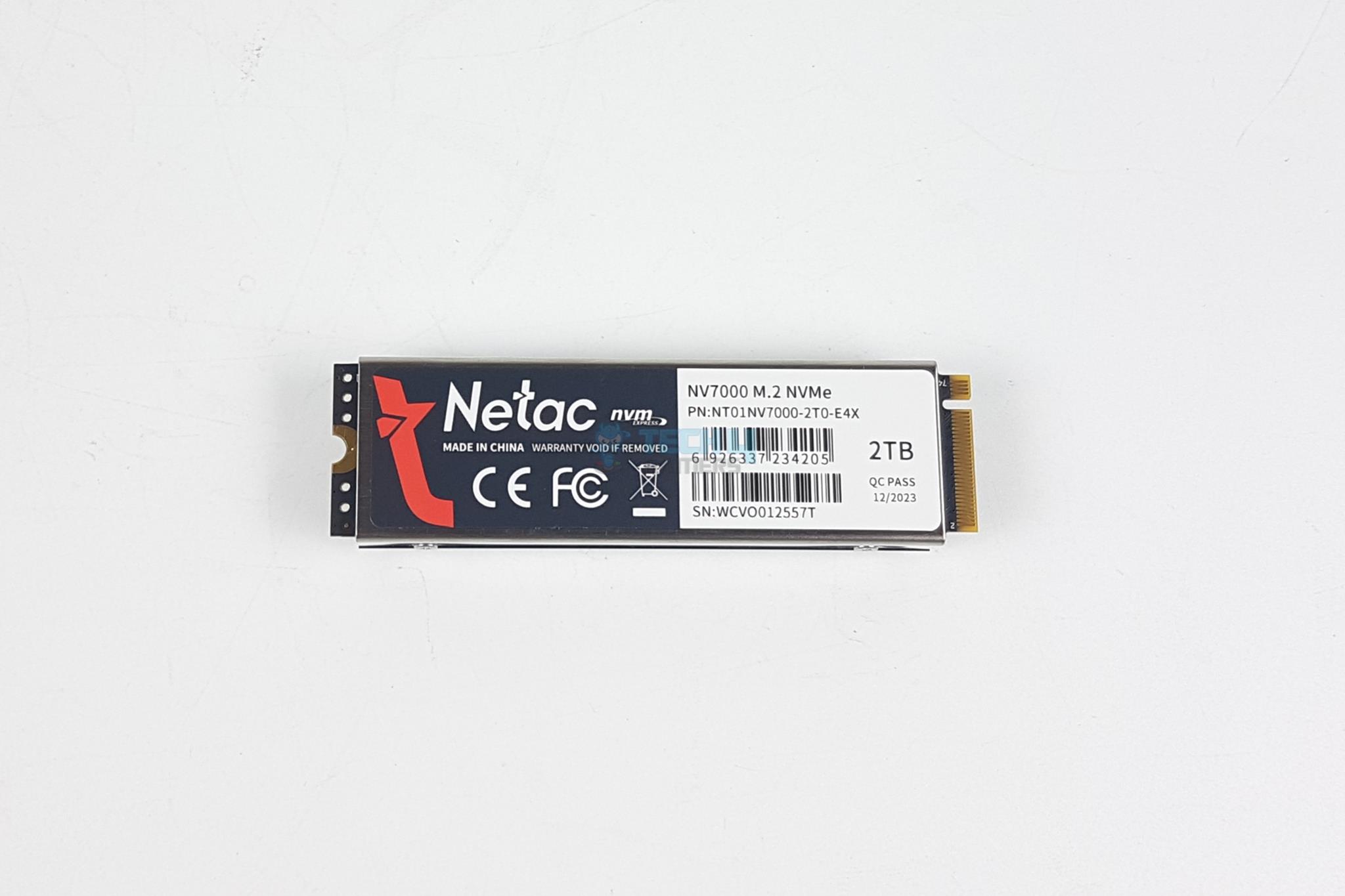
Both chipsets offer 44 lanes of connection, 24 of which are reserved for PCIe 5.0. These higher-speed PCIe 5.0 lanes are great for overhead, but most devices on the market do not make use of this extra bandwidth, except for some storage with varying degrees of success.
USB
The similarities continue with the USB ports on these chipsets. Both platforms are identical in this field as well, except for one minor difference that we will get into shortly.
The X670E and the X870E have up to 2 USB 5Gbps ports, up to 12 USB 10Gbps ports, and up to 2 USB 20Gbps ports. The exact number and configuration of ports will depend on the exact board you buy, but both chipsets have the potential of being exactly the same.
The small difference we mentioned above is related to the type of USB used with these boards. X870E has USB4 across all of the boards that use this chipset, whereas this addition is completely optional with the X670E. It is up to you to decide the usefulness of this feature.
SATA
For most people, the number of SATA ports might be the most important metric for a chipset after the number of USB connections, and the X870E and X670E are completely tied in this regard as well.
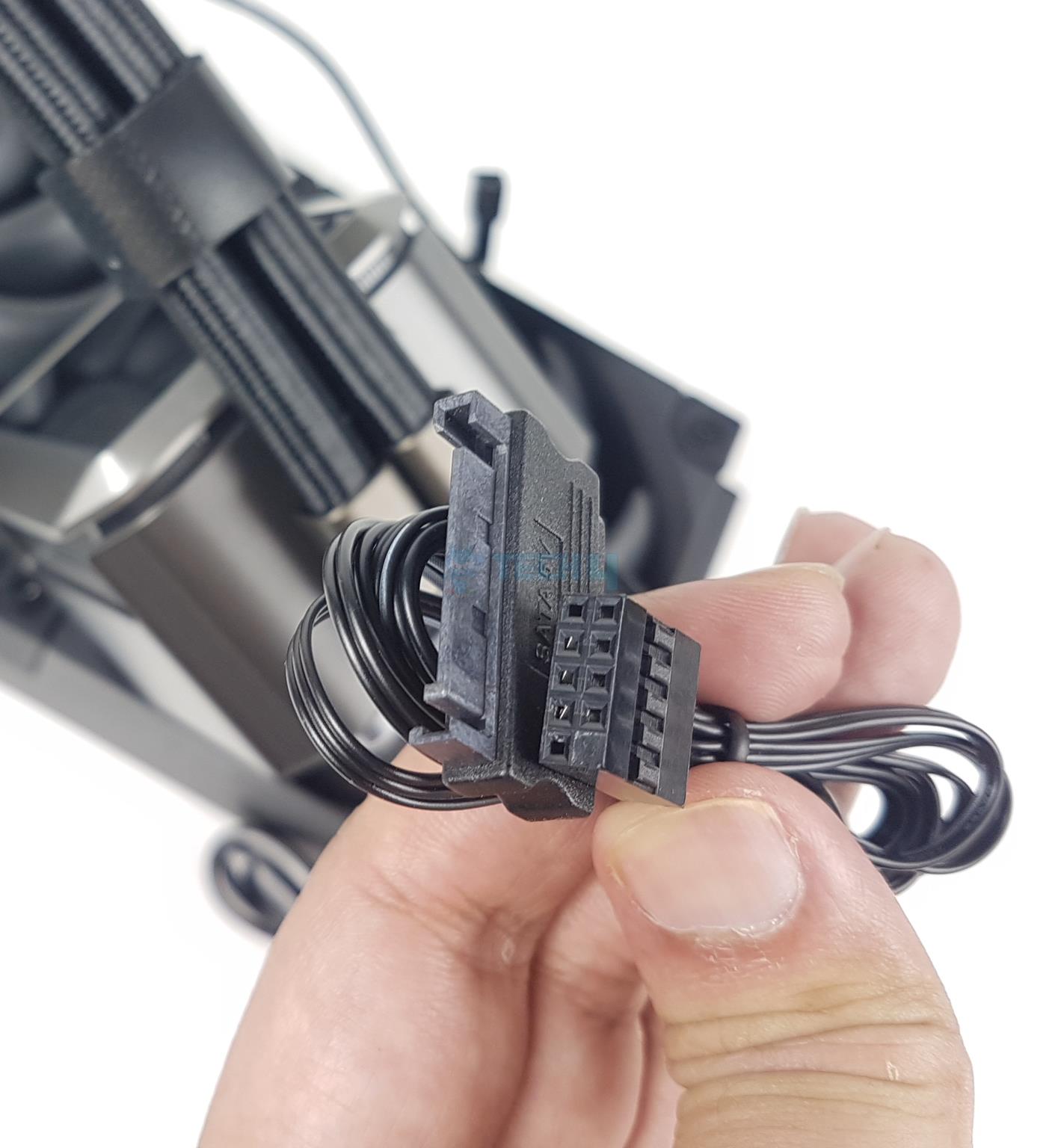
Both these chipsets have support for eight SATA ports. These ports or a number of these ports can be switched out with PCIe 3.0 ports, which can be used for bulk storage or devices that don’t require a lot of bandwidth.
Price And Availability
| Chipset | Launch MSRP | Cheapest Price |
|---|---|---|
| X670 | 💲299 - 699 | 💲239 |
| X870E | 💲299 - 699 | 💲319 |
| Price Difference | 0% | 33% |
Our research showed that you can get the X670E for significantly cheaper than the X870E if you decide to buy a new motherboard. Additionally, the age of the X670E allows you to be able to buy these motherboards for a heavily discounted price.
The price of the cheapest X870E we could find was around a third higher than the cheapest X670E we saw. Bear in mind these prices are subject to change over time, so do your due diligence before cashing in on a motherboard.
Our Thoughts
X870E Chipset: Though there are minor improvements with this chipset, none of them are good enough to justify the price hike of these boards over the X670E. As a matter of fact, the differences don’t even justify the release of this platform.
X670E Chipset: This chipset was tested for a few years before the eventual debut of the X870E. It has almost the same set of advantages that come with buying a motherboard with the newer chipset, whilst also being significantly cheaper.
In our minds, the X670E is the obvious winner when it comes to comparing these two chipsets. However, some people might find the X870E to be slightly convenient enough to purchase a motherboard with that chipset.
After you ensure everything is compatible, the first thing to look for is the connectivity. USB4 improves power delivery and reading, which most consumers rarely take advantage of. Yes, though the X670E needs a BIOS update to allow the newer processors to work on it. FAQs
Thank you! Please share your positive feedback. 🔋
How could we improve this post? Please Help us. 😔
[Comparisons Specialist]
I’m a passionate computer hardware expert specializing in CPUs and GPUs. With a lifelong curiosity for hardware and extensive hands-on experience, I provide valuable insights, practical advice, and in-depth analysis on these components. Engaging with the hardware community, I exchange knowledge and stay at the forefront of technological advancements.
Get In Touch: uzair@tech4gamers.com





